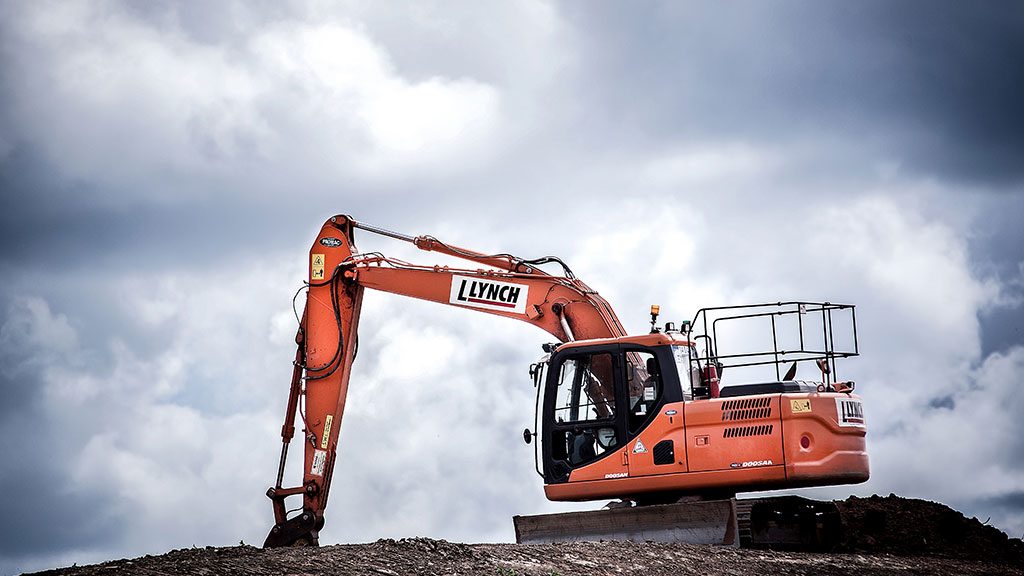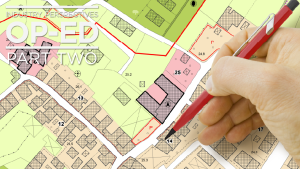A new three-part video series is aiming to raise awareness that clean excess soil can be responsibly managed through better upfront planning and that there are alternatives to the dig, haul and dump approach.
The series, the Real Dirt on Dirt: Solutions for Construction Soil Management, was co-produced by the Residential and Civil Construction Alliance of Ontario (RCCAO) and the Greater Toronto Sewer and Watermain Contractors Association (GTSWCA) to inform the public, government and industry on best management practices (BMPs) for excess soil.
“It’s an education piece and more to change the vernacular so it’s not seen as a waste or a byproduct but instead seen as a usable viable resource,” explained Giovanni Cautillo, executive director of the GTSWCA.
“Even the name, excess, which means too much, waste. If we were to change it to something with the word green in it, the next thing you know it would be the next ‘in thing’ and everyone wants to use it.”
The GTSWCA is part of the RCCAO board and it was during a meeting they decided to partner up and create the videos.
“We thought this would be a more effective way of delivering messages we’ve been pounding away at for years,” said Andy Mahanan, executive director of the RCCAO.
If it could be reused, we would cut down on greenhouse gas emissions, we would cut down on wear and tear on the roads
— Giovanni Cautillo
Greater Toronto Sewer and Watermain Contractors Association
Municipalities need to do a lot more planning when it comes to excess soil management and better co-ordination will result, Cautillo noted.
“They need to know where the dirt is being hauled to, how they are managing the soil instead of leaving it up to the contractor. It’s not their responsibility,” he said.
“Technically, it’s not their dirt, they are just the purveyors of the dirt moving it from point A to point B. Why would a municipality download that responsibility on the contractor?”
Ontario’s construction market generates almost 26 million cubic metres of excess construction soil every year, Cautillo noted, and about $2 billion is spent annually to manage excess soil.
“Could you imagine if we could minimize that and reinvest even a portion of it back into infrastructure? That’s the eye opener for the public,” Cautillo stated.
In addition to economic benefits, implementing BMPs when it comes to excess soil has environmental and health and safety advantages as well. Large quantities of soil are often hauled 60 to 100 kilometres away to designated dump sites, rather than being reused onsite or at other nearby construction sites.
“If it could be reused, we would cut down on greenhouse gas emissions, we would cut down on wear and tear on the roads, we would cut down on the number of trucks on the road,” said Cautillo.
The first two-minute video is entitled Financial and Environmental Benefits of Best Practices and the second is called Words of Wisdom from a Watermain Contractor and was filmed as crews in Nobleton, Ont. upgraded the sewer and watermains in a residential subdivision.
“We thought it would be really important to hear from a contractor doing water and sewer type projects as part of his business,” said Manahan. “One of the suggestions was a couple of bridges are being built on the 400 and why not reuse soils there rather than trucking farther distances because Nobleton is very close to Highway 400.”
Having a real contractor on a real jobsite makes it easier for people to connect and relate, Cautillo said.
“We wanted to demonstrate that this is not something that happens to other people, this happens to everybody,” said Cautillo.
Video three is called Big Bang for the Buck on Megaprojects and focuses on the Eglinton Crosstown LRT.
“A lot of focus is on the smaller projects that our civil contractors are involved with, sewers and road work. Those are often more difficult in terms of doing upfront planning, but for the megaprojects that last multi years and have 150,000 truck trips, if you can discover a really effective solution then you’re going to have mega savings at the same time,” Manahan pointed out.
He said the videos have been sent to the ministries of the environment, transportation, infrastructure and municipal affairs and housing. RCCAO is planning to meet with the new environment minister at the end of this month and excess soils will be on the agenda.
To see the videos, visit www.soiil.com.











Recent Comments
comments for this post are closed